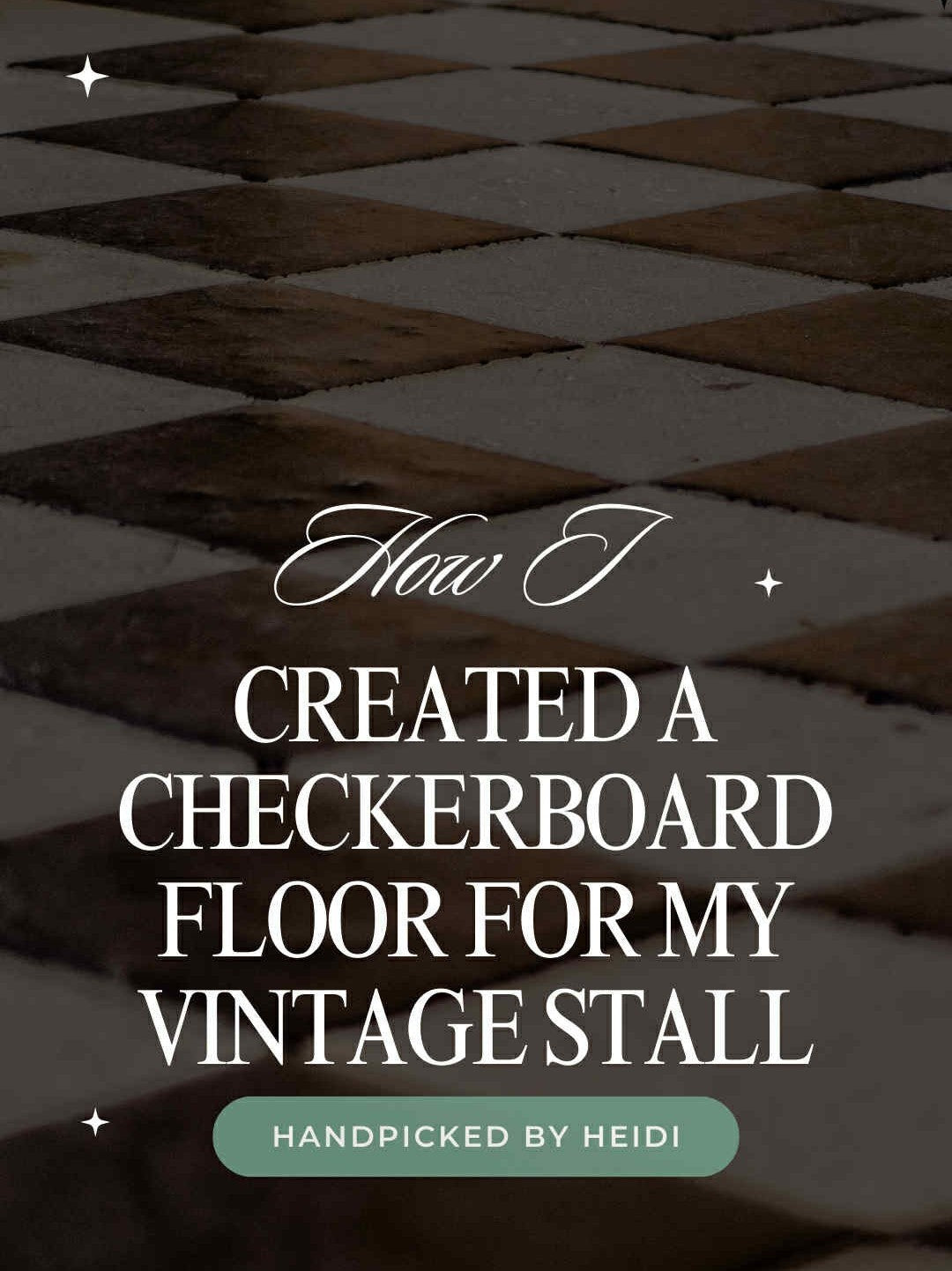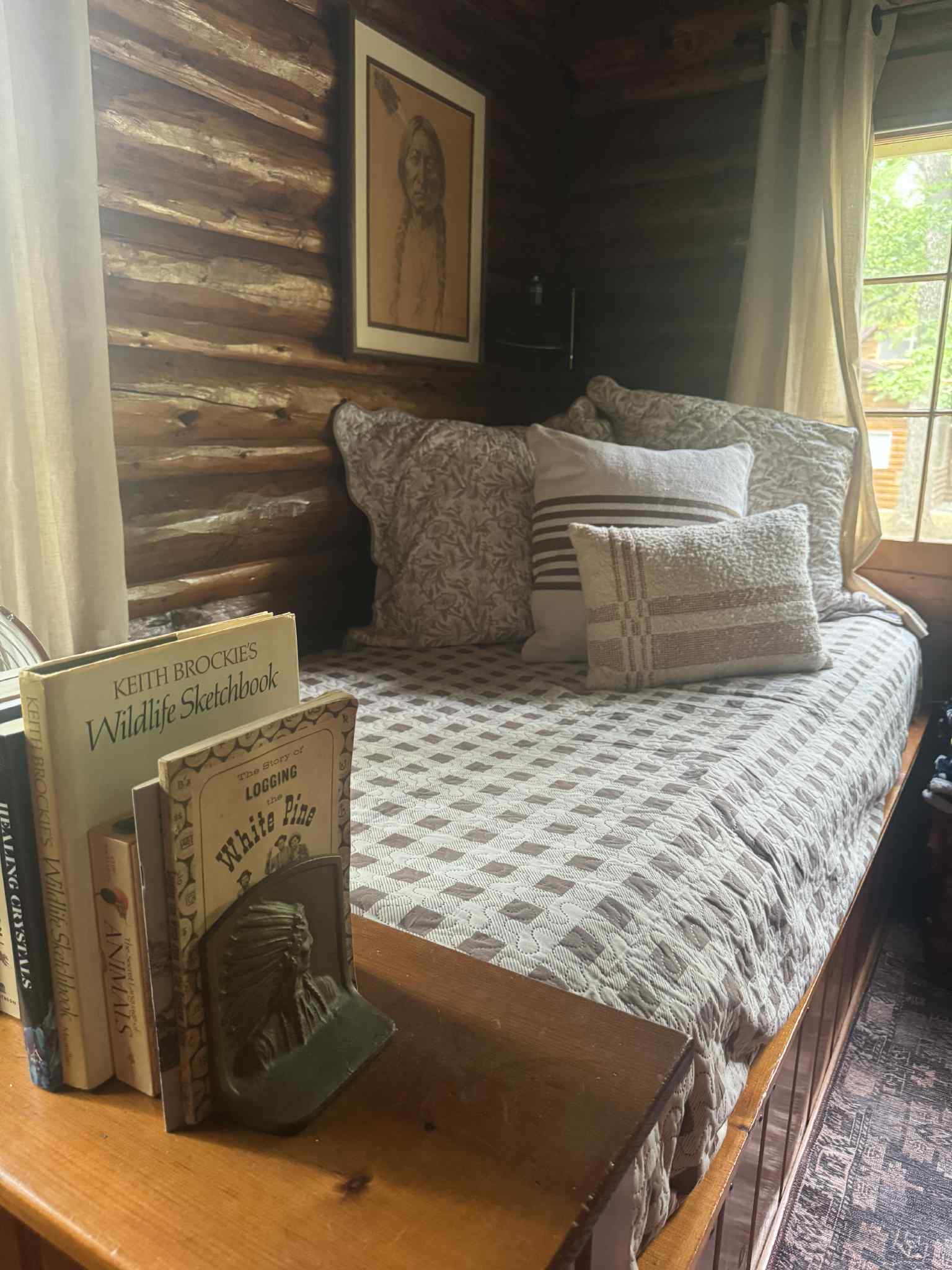
Glass or Treasure? How to Tell the Difference Between Pressed Glass and Cut Glass (And Why It Matters for Collectors)
There’s something about the shimmer of vintage glass that catches the light—and our hearts. Whether it’s a delicate candy dish at Grandma’s house or a showstopping compote at an estate sale, glassware has a way of telling stories without saying a word.
But if you’ve ever wondered whether a piece is pressed glass or cut glass, you’re not alone. It’s one of the most common vintage glass mysteries in the treasure-hunting world.
And if you’re collecting some of the most collectible glassware out there, this is your crash course.
What is Glassware?
Glassware refers to any item made primarily from glass—especially for household use, like:
- Drinkware (goblets, tumblers, stemware)
- Serveware (compotes, cake stands, decanters)
- Decorative pieces (vases, figurines, candle holders)
Vintage and antique glassware is especially collectible when it’s:
- Patterned (think Depression glass or EAPG)
- Colored (like cobalt blue, cranberry, or Vaseline glass)
- Hand-blown or etched
- Signed by a studio or designer
Collectors are drawn to glassware not just for its function but for its history, color, artistry, and charm.
Cut Glass vs. Pressed Glass: The Basics
Both can sparkle. Both can wow. But here’s the breakdown:
Pressed Glass
- Made by pressing molten glass into molds
- Often has mold seams
- Patterns are shallow and rounded
- Mass-produced from the 1800s–1950s
- Found in Depression glass, carnival glass
Cut Glass
- Starts as a blank and is hand-cut with spinning wheels
- Designs are sharp, deep, and angular
- No mold lines—each piece is finished by hand
- Common in luxury crystal (think Waterford or American Brilliant Period)
How to Tell Them Apart
Try these quick tests:
- Light Test: Cut glass refracts rainbow light; pressed glass is more muted.
- Fingertip Test: Sharp = cut. Smooth = pressed.
- Ping Test: Tap it gently. A clear ring = cut glass. A dull thunk = pressed.
- Seam Test: Mold lines mean pressed glass. No seams = likely cut.
Caring for Vintage Glassware
Whether it’s a $5 pressed glass compote or a $5,000 cut crystal vase, treat it with love:
- Avoid the dishwasher
- Use warm water, mild soap, and a soft cloth
- For intricate cut patterns, use a soft toothbrush
- Dry thoroughly to avoid water spots
The Most Expensive & Collectible Glassware Brands
Whether you’re a casual collector or a serious connoisseur, these names are worth knowing:
Murano (Italy)
- Known for: Hand-blown art glass, often colorful, sculptural, or gold-flecked
- Top pieces: Sommerso vases, millefiori bowls, abstract sculptures, chandeliers
- Notable sale: Thomas Stearns sculpture, $737,000
- Signed Venini and Barovier pieces can sell for $10,000–$50,000+
Waterford (Ireland)
- Known for: Brilliant cut lead crystal stemware, vases, and chandeliers
- Most collectible: Lismore, Colleen, Powerscourt patterns
- Top pieces: Crystal chandeliers and commemoratives, up to $20,000+
Baccarat (France)
- Known for: Precision-cut crystal, often commissioned by royalty
- Most collectible: Harcourt, Masséna, Vega patterns
- Top pieces: Bar sets, signed decanters, chandeliers—up to $100,000+
Fostoria (USA)
- Known for: Pressed and etched Depression-era glass
- Most collectible: American Cube, Navarre, June Blue, Chintz patterns
- High-value pieces: Complete sets or rare colored pieces—$1,000–$3,000+
What Drives Value?
- Signature or maker’s mark
- Excellent condition (no chips, cracks, or clouding)
- Color/pattern rarity
- Provenance and age
- Limited edition or designer collaboration
- Completeness (sets vs. single pieces)
If pressed vs. cut is your starting point, Murano, Baccarat, Waterford, and Fostoria are your masterclass. Some of the most collectible and valuable glassware in the world has roots in these storied brands—and the more you train your eye, the more magic you’ll find at estate sales and antique shows.


Leave a comment
This site is protected by hCaptcha and the hCaptcha Privacy Policy and Terms of Service apply.